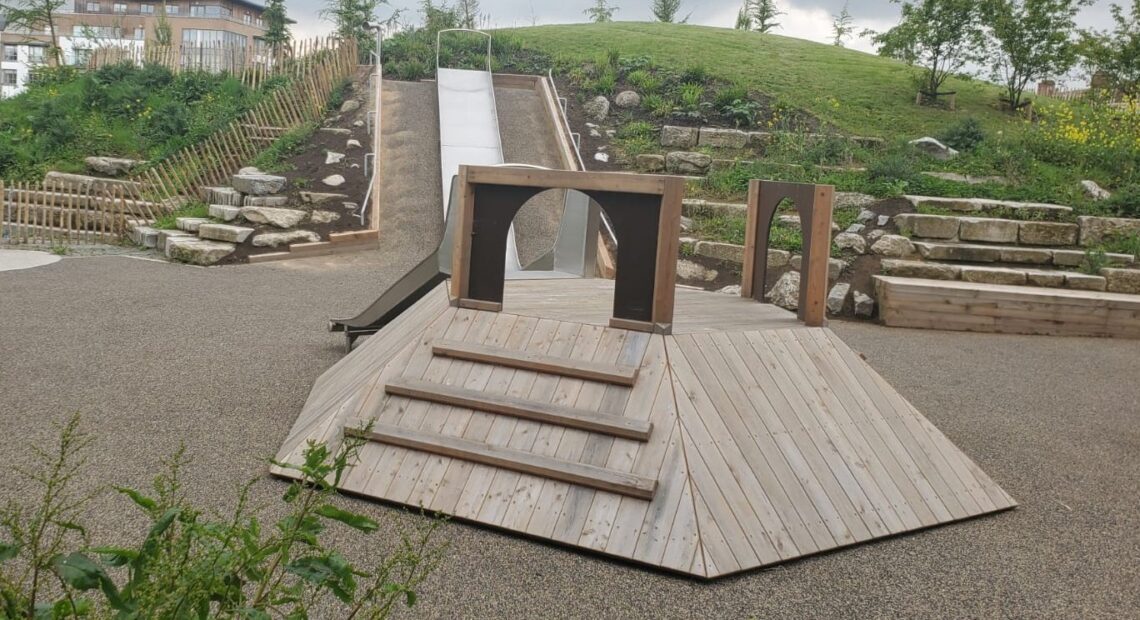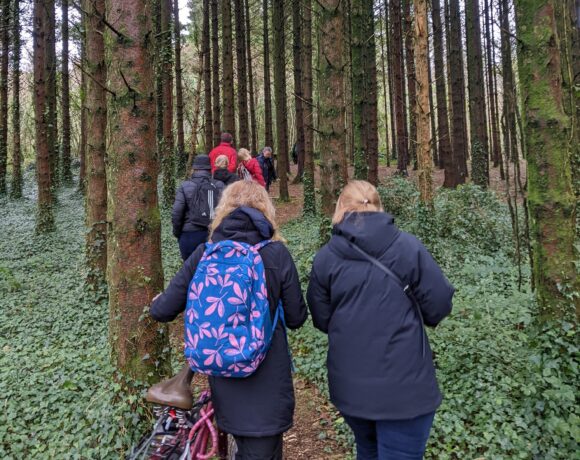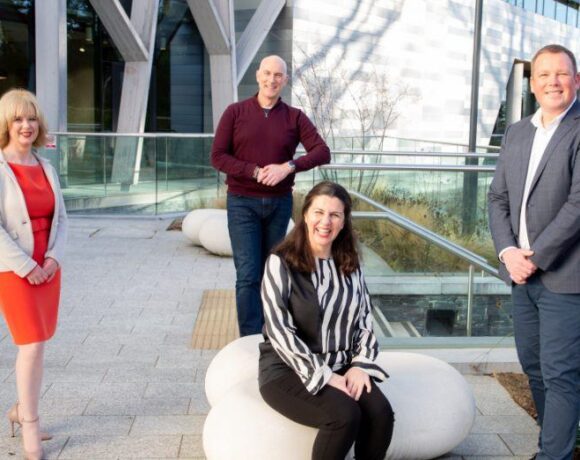Dublin City Council has officially opened Dublin city’s newest park to the public.
The Lord Mayor of Dublin, Alison Gilliland, unveiled a plaque this afternoon to mark the occasion, with the opening of Bridgefoot Street Park transforming what was a derelict site into a beautiful landscape of trees with grassed and planted mounds, incorporating a performance area, play spaces, allotments and a community garden.
The Lord Mayor said, “this is a fantastic new amenity for the people of the Liberties and for the city. This park’s design is based upon accessibility and enjoyment for all ages and abilities, encouraging physical activity and supporting ecology, biodiversity, culture and outdoor events.”
Dublin City Council and the local community collaborated in the vision, promotion, planning, design and development of the park and this collaboration will continue in the management and operation which will be key to the success of the park. The park has been under construction since 2020, however the construction program was delayed due to Covid lockdown.
Bridgefoot St Park was designed by Dermot Foley Landscape Architects in collaboration with Dublin City Council Parks, Biodiversity and Landscape Services.
When surveyed in 2015 for the Liberties Greening strategy, the access to public open space within the area was 1.07ha. With the delivery of Weaver Park in 2017 and now Bridgefoot Street Park, Dublin City Council has increased access to public green space by 1.68ha, an increase of 157% for the people of the Liberties.
The new public park is approximately 1 hectare in size and has been developed utilising what would normally be considered waste materials such as calp, concrete, reclaimed stone and brick, as aggregate to create pavements, seating and play spaces.
181 new trees have been planted and the planting consists of a mixture of herbaceous and ground-cover species, with some amenity grass and ornamental hedging but the over-riding emphasis is on native wild-flower seed mix, which will be sown into a mix of soil and recycled aggregate. These seeded areas will germinate, flower, self-seed and develop a naturalistic landscape which will be unique to this park, creating a biodiversity-rich environment for pollinator bees other insects and wildlife in the city.
A new undulating topography has been created using stockpiles of soil, large rocks and boulders together with an estimated 2,000 cubic metres (135 truck loads) of inert material which was imported to the site to create a playful and interesting urban landscape for all ages. Subsoil and topsoil has also been imported for the community gardens, lawns and tree planting. Larch timber seating has been installed as terraces.
Features of the park such as a sculptural piece by the participants of the Probationary Service Bridge Project and bird boxes by the participants of the Liberties Training Centre are exciting elements and will bring an added sense of local ownership and pride in the park.
Source: Dublin City Council













